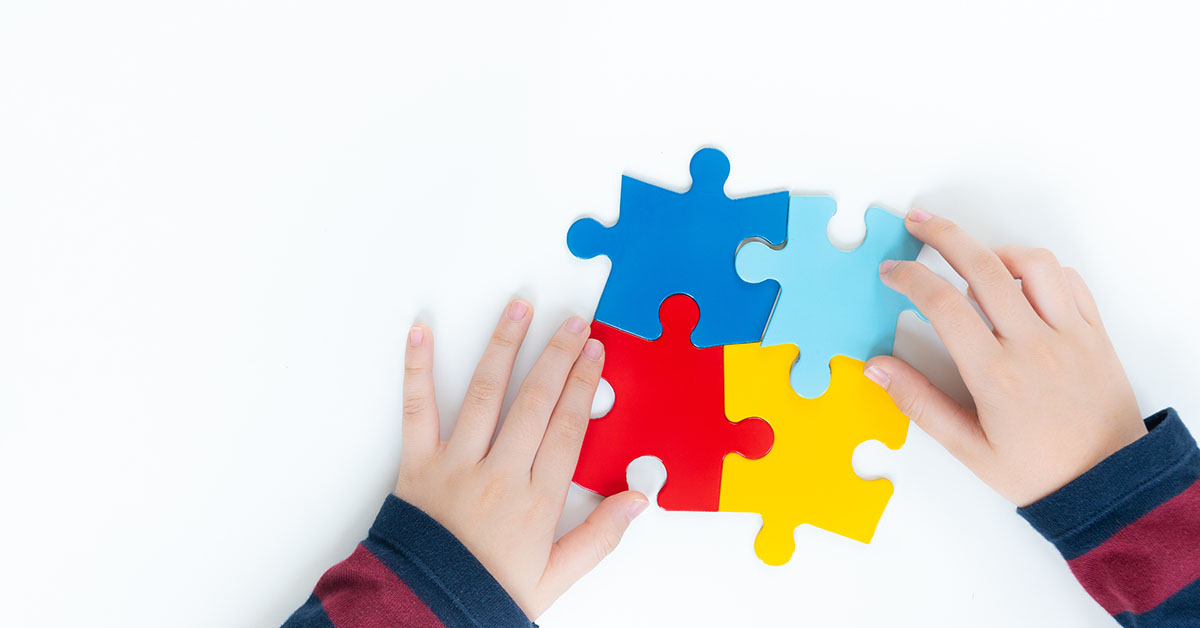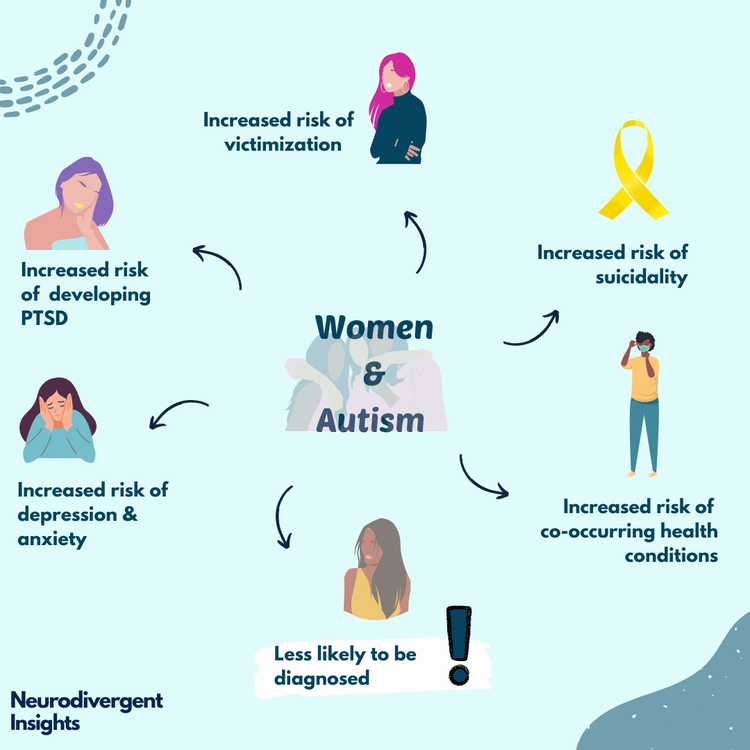How to Create an Inclusive Environment for Buddies and Household with Autism
Comprehending Autism: A Comprehensive Guide to Symptoms And Signs
Autism Spectrum Condition (ASD) incorporates a broad array of features that can significantly affect a person's social communications and day-to-day functioning. Understanding these subtleties not just help caretakers and instructors in providing suitable assistance however additionally cultivates a more inclusive environment for individuals with ASD.
Summary of Autism Range Condition
Specifying Autism Range Problem (ASD) entails identifying it as a complex neurodevelopmental condition characterized by a variety of challenges in social interaction, communication, and behavioral patterns. The term "spectrum" reflects the wide variability in symptoms and their severity, which can differ significantly from one individual to an additional. ASD generally manifests in early childhood, although some individuals might not obtain a medical diagnosis till later on in life.
Aspects affecting the advancement of ASD include ecological variables and hereditary proneness, although the specific reasons stay under investigation. Diagnosis frequently relies upon behavioral assessments, as there are no definitive clinical examinations for ASD. Early intervention is essential and can significantly boost end results, concentrating on improving communication abilities, social interactions, and flexible habits.
Individuals with ASD might likewise display unique toughness, such as exceptional focus to detail or specific locations of experience. Comprehending the diverse nature of ASD is essential for cultivating an inclusive setting that fits neurodiversity. Continued study is crucial for developing reliable interventions and support group, allowing individuals with ASD to grow and fulfill their possible within society.
Typical Signs of Autism
Acknowledging the usual indications of Autism Range Disorder (ASD) is crucial for early identification and treatment. These signs can differ extensively in seriousness and discussion, but specific characteristics are often observed in people with ASD.
One of the most widespread signs is a marked problem in keeping and developing eye contact. Individuals might also exhibit limited rate of interest in social communications and show a preference for solitary play.
Sensory sensitivities are likewise typical; individuals may underreact or overreact to sensory stimuli, such as appearances, lights, or audios. autism. Language advancement can be irregular, with some kids displaying delayed speech or using language in uncommon means, consisting of echolalia-- duplicating sentences or phrases listened to in other places
It is necessary to keep in mind that not every person with ASD will certainly show all these signs, and the level of these actions can vary considerably. Early recognition allows for prompt assistance and resources, enhancing the top quality of life for those on the range.
Social Communication Challenges
Social interaction obstacles are a trademark of Autism Spectrum Problem (ASD), influencing an individual's ability to involve successfully with others. These difficulties can manifest in numerous methods, including challenges in launching and preserving conversations, recognizing social hints, and responding suitably in social interactions.
People with ASD might struggle with nonverbal interaction, find out this here such as eye get in touch with, faces, and body movement. This can result in misconceptions, as their communicative intent might not be correctly analyzed by others. They might discover it hard to understand the subtleties of tone and context, which are important for reliable communication.
In team settings, individuals with ASD might feel overwhelmed and might not know exactly how to sign up with in conversations (autism). They may additionally exhibit irregular conversational patterns, such as monologuing regarding details rate of interests without recognizing social reciprocity
Moreover, these obstacles can lead to social isolation or troubles in developing partnerships, as peers may misinterpret their habits or interaction design. Understanding these social communication obstacles is essential for promoting encouraging settings that promote social skills advancement and improve the top quality of communications for official statement individuals on the autism spectrum.
Sensory Sensitivities and Actions
Several people with Autism Spectrum Disorder (ASD) experience enhanced sensory level of sensitivities that can substantially affect their daily lives. A person with ASD might discover daily noises, such as a vacuum cleanser or crowded settings, extremely stressful, leading to stress and anxiety or crises.
Sensory processing distinctions in people with ASD can likewise affect their capacity to participate in regular activities and social interactions. For instance, a youngster who is sensitive to touch might stand up to physical love or prevent certain apparel materials. A preference for particular textures or preferences can limit dietary alternatives and create obstacles during mealtimes.
Recognizing these sensory sensitivities is vital for identifying the distinct experiences of individuals with ASD. Understanding of their sensory accounts can foster better communication and support approaches, developing an environment that fits their requirements and improves their top quality of life. Inevitably, acknowledging sensory sensitivities is a vital part of understanding the broader spectrum of autism.

Supporting Individuals With Autism
Effective assistance for people with Autism Spectrum Disorder (ASD) is important for enhancing their total health and fostering freedom. Support methods need to be tailored to satisfy the one-of-a-kind needs of each individual, considering their challenges and staminas.

Social skills training can likewise play a pivotal role. autism. Engaging people in team tasks or role-playing scenarios can improve their capability to browse social communications. Additionally, it is necessary to enlighten relative, caregivers, and peers about ASD to promote a encouraging and comprehensive community
Conclusion
By cultivating boosted interaction and social skills, individuals with autism can navigate their environments extra efficiently. Eventually, boosted understanding and support can significantly enhance the quality of life for those influenced by ASD.
Autism Range Condition (ASD) encompasses a wide range of features that can dramatically affect a person's social interactions and daily performance.People with ASD may have a hard time with nonverbal communication, such as eye contact, facial expressions, and body language.Several individuals with Autism Spectrum Problem (ASD) experience increased sensory sensitivities that can significantly influence their daily lives.Sensory handling distinctions in individuals with ASD can additionally impact their capacity to engage in routine tasks and social interactions.Recognizing these sensory sensitivities is crucial for acknowledging the unique experiences of people with ASD.